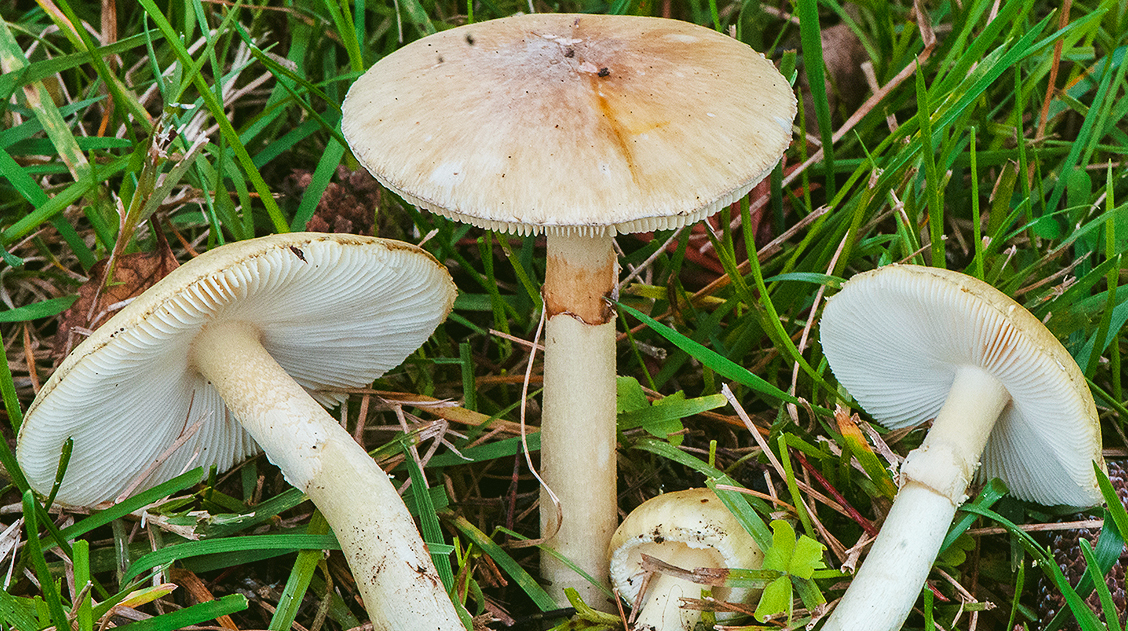
How Toxic Mushrooms Could Help Overcome Disease
Mushrooms have a few key purposes. They can be used in cooking, psychedelic exploration, and toxin research. You might be surprised to learn that toxic mushrooms can actually be beneficial. Although still in its infancy, toxin research is discovering many positive uses for these poison-filled fungi.
Potential new benefits of toxic mushrooms
An MDPI Special Issue entitled ‘Toxic Proteins from Mushrooms: From Defence Roles to Biotechnological Tools for the Future’ covers how poisonous mushrooms can have positive effects.
For example, a study by Panevska et al. published in this Special Issue looked at how several different components of mushrooms were toxic to certain insects. The most successful was found to be erylysin A (EryA), which was found to be toxic to known pests, but not to mammals, rodents, and beneficial insects such as honeybees. More research is still required, but this represents a promising pathway to controlling undesirable insect populations.
Notably, mushrooms can also be used to overcome disease. As pointed out in a Cells study, ‘In terms of drug design and development, many NPs [natural products found in mushrooms] and NP derivatives are being assessed in clinical trials against the most common NDs [neurogenerative diseases]. NPs have long served as a rich source of biologically active compounds relevant to many disease treatments’.
It is hoped that the toxins found in mushrooms could act aggressively against disease, whilst not having an effect on the rest of the body.
Other MDPI research studies show how toxins can cure diseases. For example, a review in Toxins demonstrates how cobra venom could be a potential anti-cancer agent.
Top toxic mushrooms
So, what exactly are we talking about when we discuss the toxicity of mushrooms? To shed light on this, let’s take a look at the top three toxic mushrooms, and what makes them so dangerous.
1. Death cap
Amanita phalloides
Though it’s the world’s most poisonous mushroom, the death cap looks harmless. It can be plain white, or have a yellow or green tint on top, depending on age. However, it actually contains α-Amanitin, and causes the liver and kidneys to fail. It’s responsible for the most mushroom deaths worldwide.
It’s typically found in Europe, as well as in north Africa and parts of west Asia.
In most cases, the death cap is only consumed when it is mistaken for an edible alternative. For example, it can look similar to the paddy straw mushroom and the puffball mushroom, which are both safe to eat.
2. Conocybe filaris
Pholiotina rugosa
Like one of the other toxic mushrooms, the death cap, conocybe contains the deadly α-Amanitin.
It’s very small, growing up to the size of a thumb. It has a small, brown cap on top, and sometimes a ridge on its thin stem. This mushroom is very common in North America, where in the US state of Louisiana its trade is illegal.
3. Deadly webcap
Cortinarius rubellus
The webcap contains orellanine, which causes kidney failure.
It’s brown, with a thick stem and a pointed, curved cap. There have been several reports of people eating it after having mistaken it for a different mushroom. However, if diagnosed early, death can be prevented by kidney transplant.
Other toxic mushrooms
Some mushrooms contain toxins but only cause minimal damage.
Phallotoxin (various) and bolesatine (Devil’s bolete), for example, cause temporary illness, but are not deadly.
However, thousands of mushroom species are being discovered every single year. This gives researchers plenty of new directions for toxin studies.
Submit research on toxic mushrooms
More research is needed to assess the uses of these toxins. This is to ensure that they can be used safely and effectively to solve biological problems.
Both Toxics and Toxins, two MDPI journals with five-year Impact Factors of over 5, have many Special Issues open for submission. You can submit your research by clicking the ‘Submit’ button at the top of the journal webpage.











There are mushrooms all over my yard